“It was June 25, 1975, and the last day of filming Chanda Marutha (Wild Wind), a film my parents, Pattabhirama Reddy and Snehalatha Reddy, were making that prophesied the Emergency,” recounts Nandana Reddy, 50 years after the making of the movie.
There was a feeling of relief, as the shooting was completed, Nanadana comments. ”At the same time there was also an inexplicable sense of unease. By noon, the news that the Prime Minister, Indira Gandhi had imposed Emergency had spread. We received surreptitious phone calls and were asked to listen to BBC radio, the only media channel broadcasting this news.”
Chanda Marutha was released in 1977 after the Emergency was lifted and general elections were announced in the country. This bilingual film known in English as Thunderstorm is still hailed for its anti-authoritarian stance and attracted audiences for its strong political and social themes.
The film which starred Snehalatha Reddy, Ashok Mandanna, C Chandrashekar, M Bhaktavatsala, E Surendranath, M P Bhaskaran and others including Nandana Reddy, has music by Konark Reddy (Pattabhirama’s son), cinematography by Tom Cowan and was edited by Hrishikesh Mukherjee.
Symbol of resistance
Historians see Chanda Marutha as a symbol of resistance and it is regarded as an important work in Kannada cinema, continuing the legacy Pattabhirama established with Samskara, his earlier path-breaking film.

Nandana Reddy in Chanda Marutha | Photo Credit: Special Arrangement
Chanda Marutha is based on Kranti Bantu Kranti (Revolution Has Arrived), a play by P Lankesh, published in 1971. “Written during a time when ideologies such as Socialism, Communism and Revolution were at their peak, the play continues to echo the complexities of today’s political and social landscape,” notes Nataraj Huliyar, editor of Lankesh Reader and The Sour Mango Tree.
The play examines the way powerful individuals exploit death and suffering for their benefit, says Nataraj. “Through its narrative, Kranti Bantu Kranti portrays how people doing on social work are ensnared by the system and opportunistic elites.”
Hard hit
Chanda Marutha left an indelible impression on Nandana Reddy, as her family was among the worst hit during Emergency. “My parents were Socialists, greatly influenced by Ram Manohar Lohia, and our home, popularly known as 20B, at the end of a cul-de-sac off St Mark’s Road, was an open house. We did not lock the front door and artists, musicians, writers, photographers, politicians of all hues, (from the far Left to far Right) and anyone needing refuge, a cup of tea or a hot meal were welcome.”
Nandana recalls the terrifying witch hunt. “Past midnight, there was a loud banging on our front door. I was alone at home in my pyjamas and about 10 plainclothes Core of Detectives (COD) officers and policemen barged in. They ransacked the shelves, pulled out the telephone cord, and threw things about. I felt they were enacting what they saw in the movies.”

Ashok Mandanna and Snehalatha Reddy in Chanda Marutha | Photo Credit: Special Arrangement
The officers asked Nandana about her parents. “When I said they were in Madras, they forced me into a waiting jeep. I overheard them on their walkie-talkies; they had also picked up Lawrence Fernandes (brother of George Fernandes) from his home in Richmond Town.”
She says the Emergency still haunts Konark and her. “We lost our mother Snehalatha, who was an innocent victim, like thousands of others. Unfortunately, there is no balm to heal these wounds.”
Snehalata Reddy was arrested on May 2, 1976, in the Baroda Dynamite Case, involving George Fernandes, merely because of her friendship with him. She was not named in the final chargesheet and was released on January 15, 1977, as her health had deteriorated. Five days later, she died at the age of 51.
Mirror to life
Recalling its making, Huli Chandrashekar, associate director of Chanda Marurtha, said, “Besides being an associate director, I played an ‘educated thief’ in the film. My encounter with the revolutionary protagonist played by Ashok Mandanna who is based on George Fernandes, is the climax of the film”.

Tom Cowan and Pattabhi during the shooting of Chanda Marutha | Photo Credit: Special Arrangement
“I received a postcard from Lankesh asking me to assist Pattabhirama and I joined the crew. I was a part of Chanda Marutha from the beginning and our association continued till Pattabhirama’s last film, Devara Kaadu.”
According to Chandrashekar, the shooting for Chanda Marutha began in 1972. “The film was shot in 16 mm and blown to 35 mm. It was a pleasure to work with Pattabhiram and during the pre-production of the film, important personalities including UR Ananthamurthy, George Fernandes, Madhu Dandavate and other Socialist friends, would drop by and participate in the discussion.
“When Snehalatha was arrested, I would visit her in prison and it troubled me to see her health was failing,” says Chandrashekar.

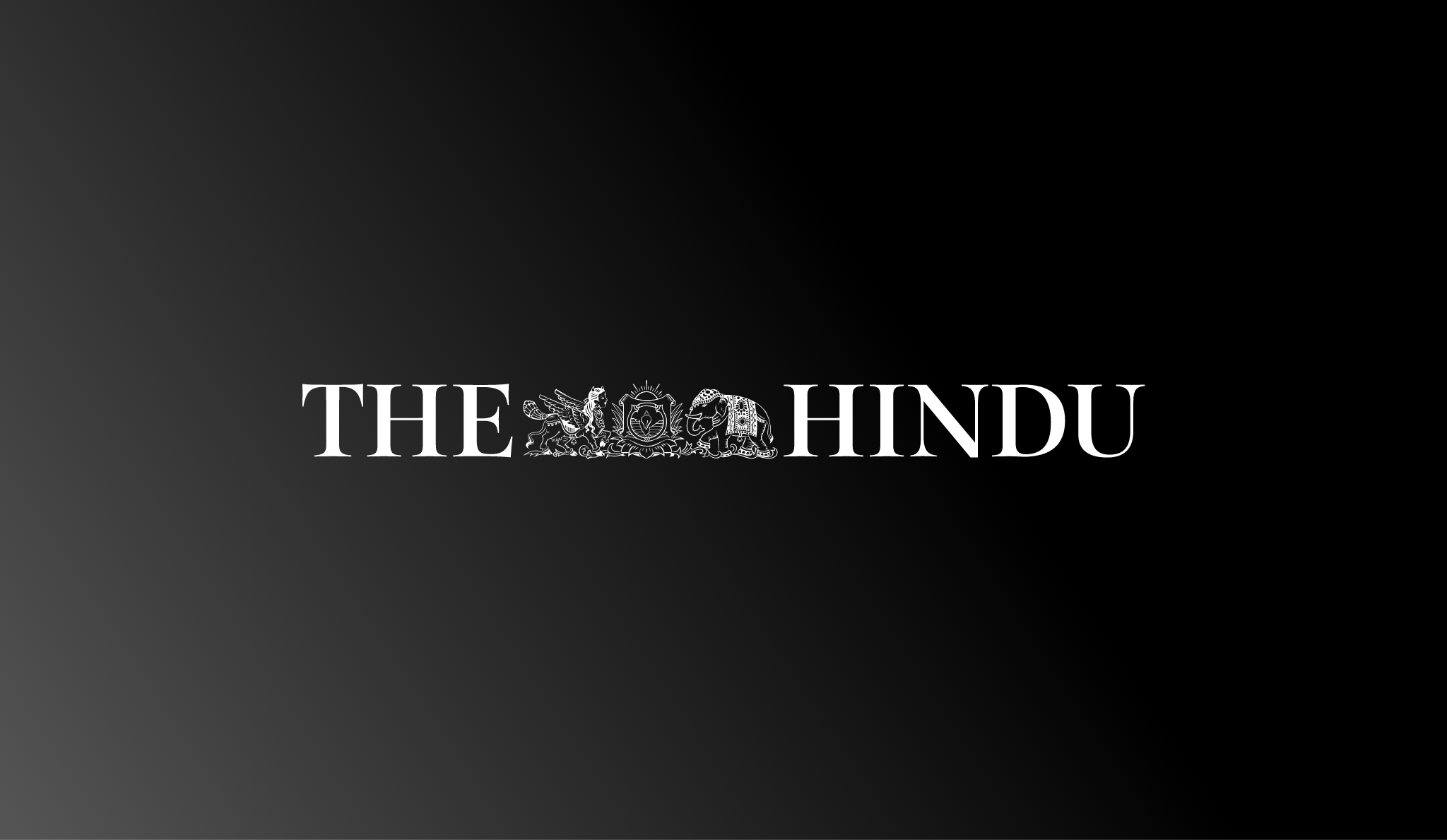 5 hours ago
1
5 hours ago
1
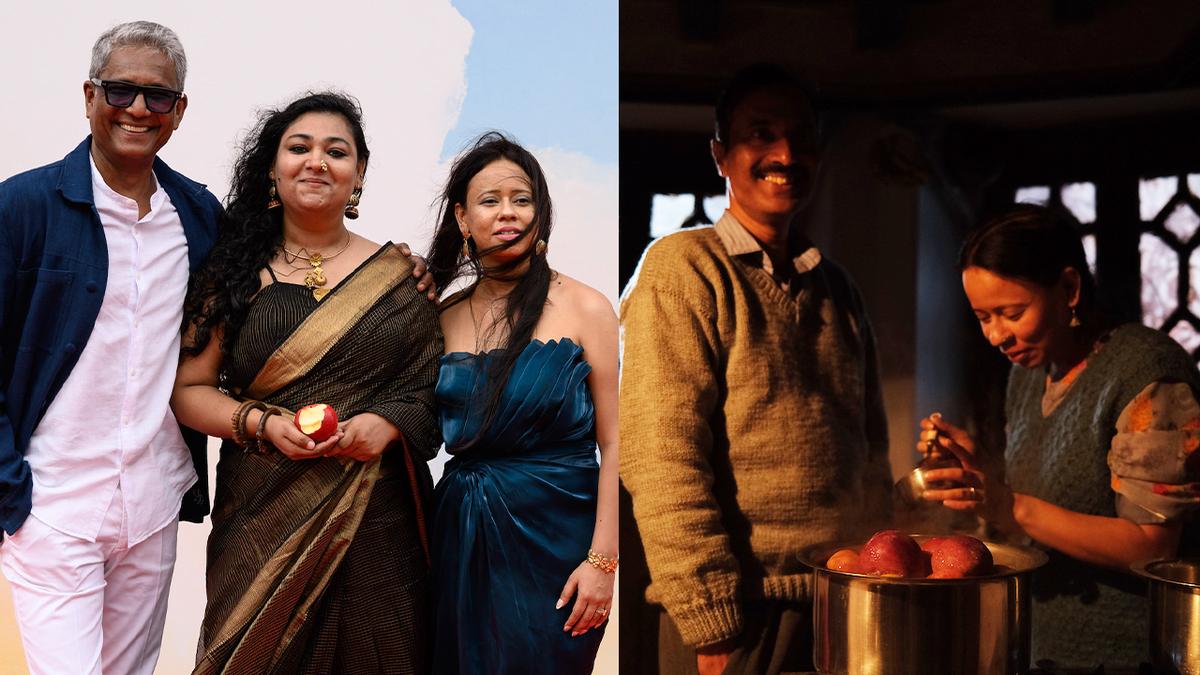


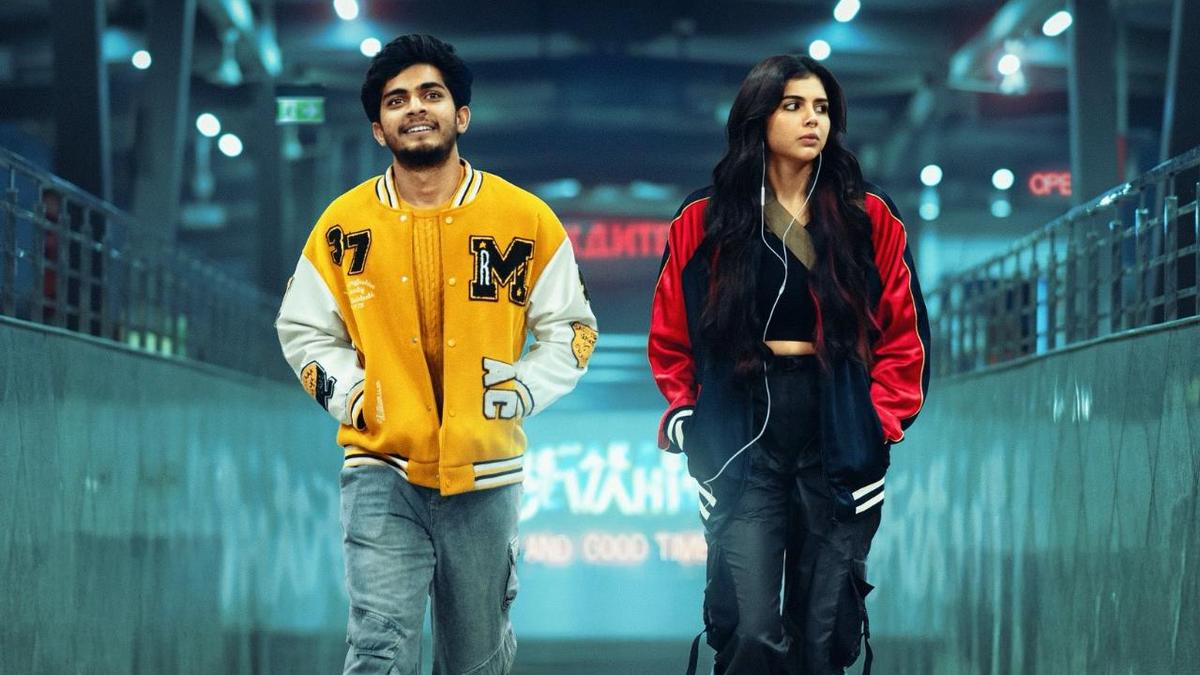
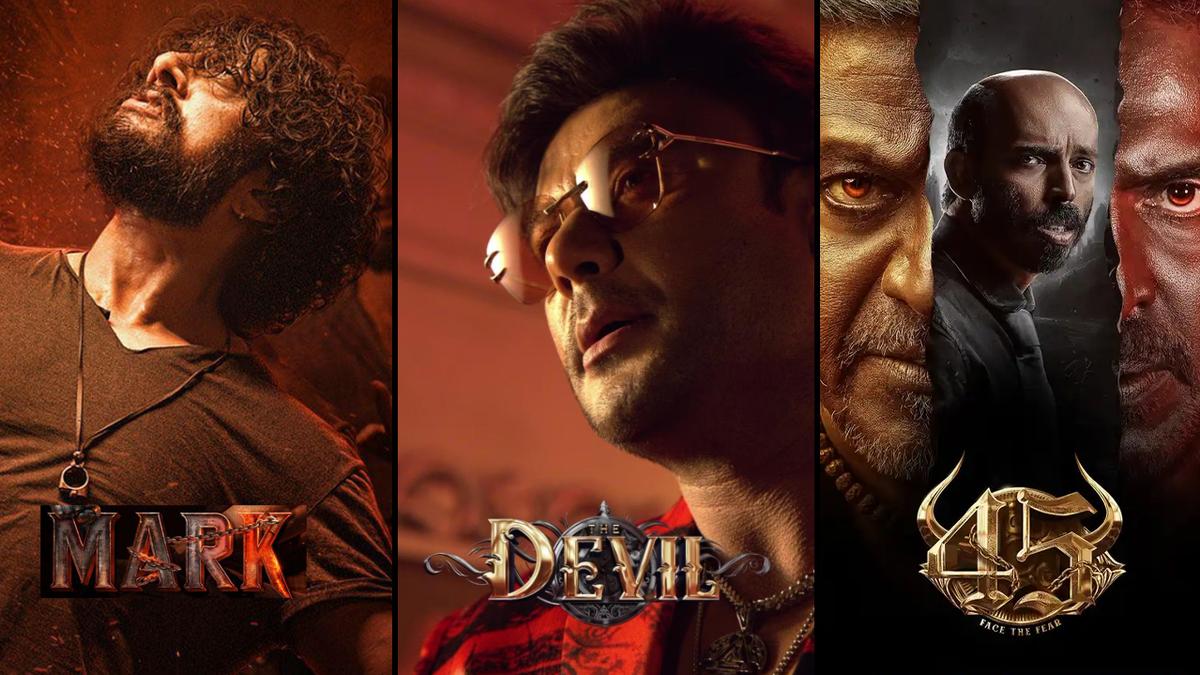
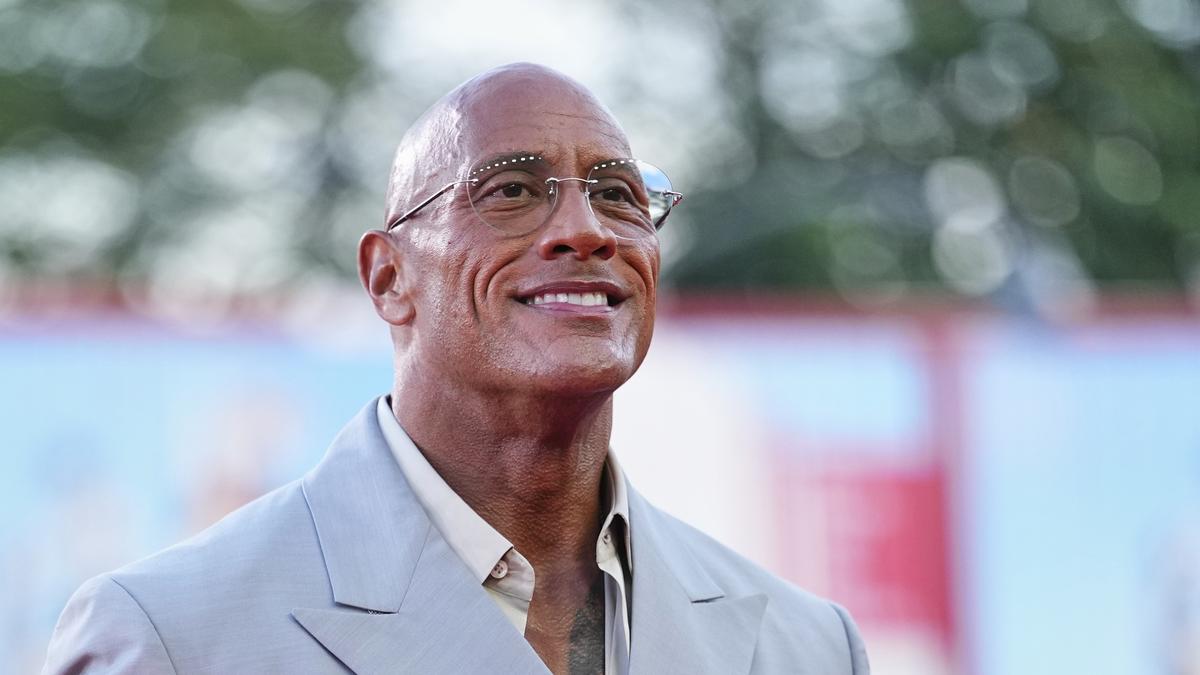

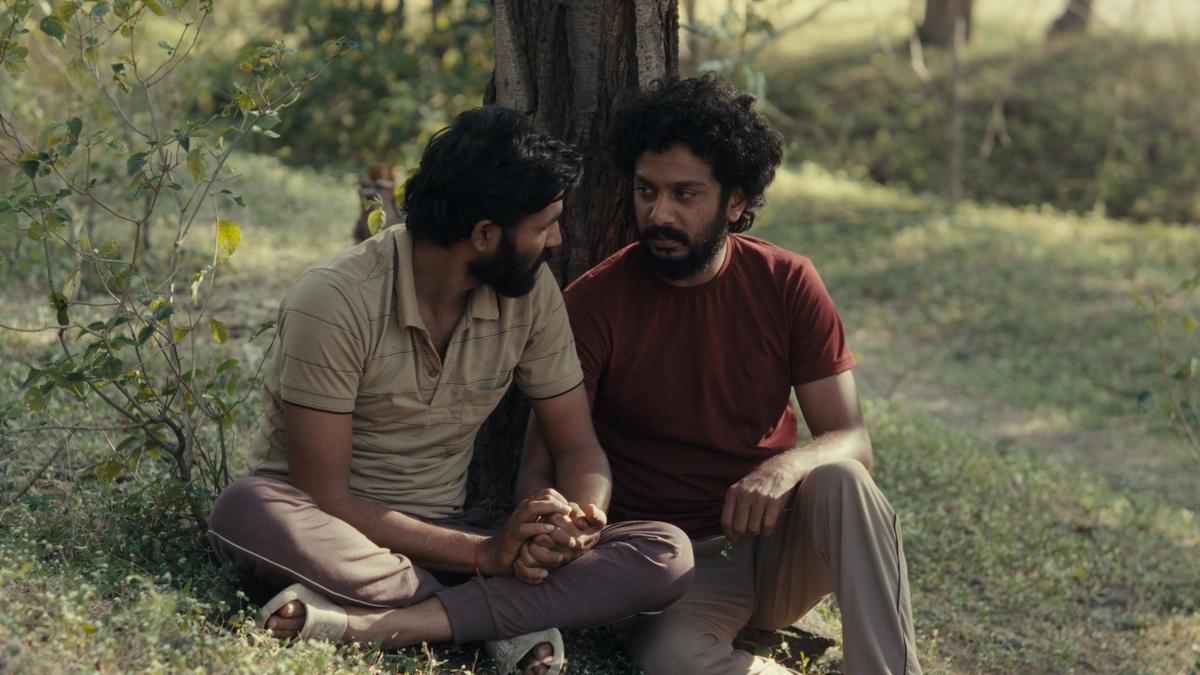

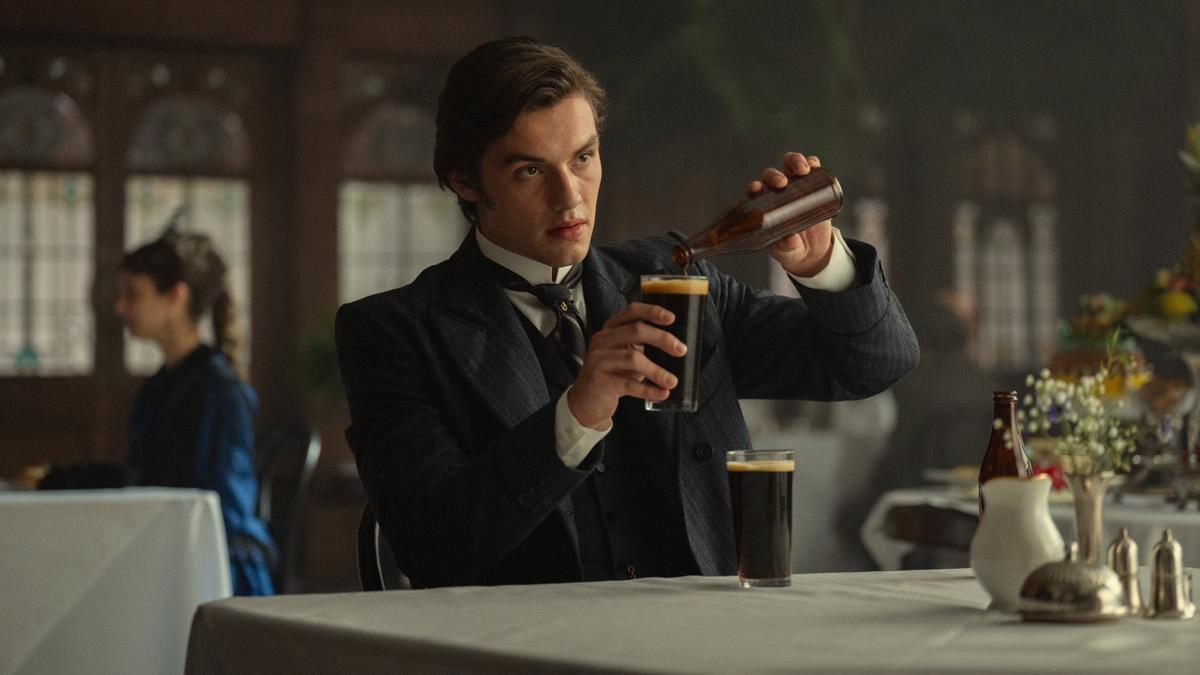










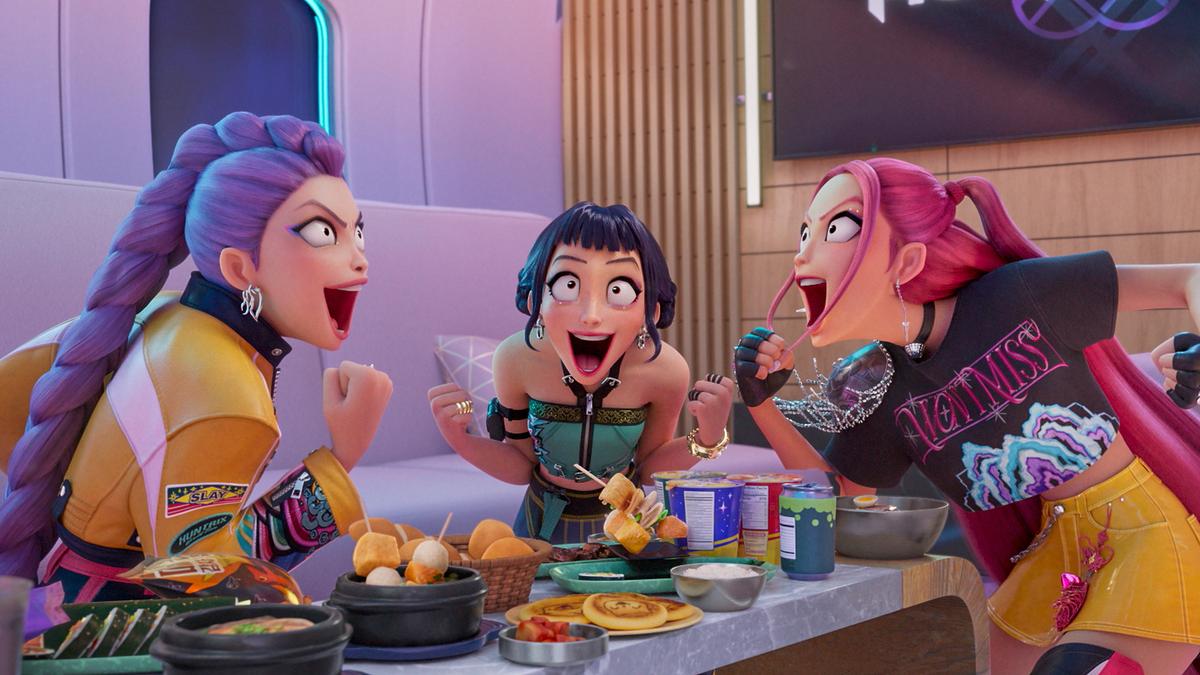

 English (US) ·
English (US) ·